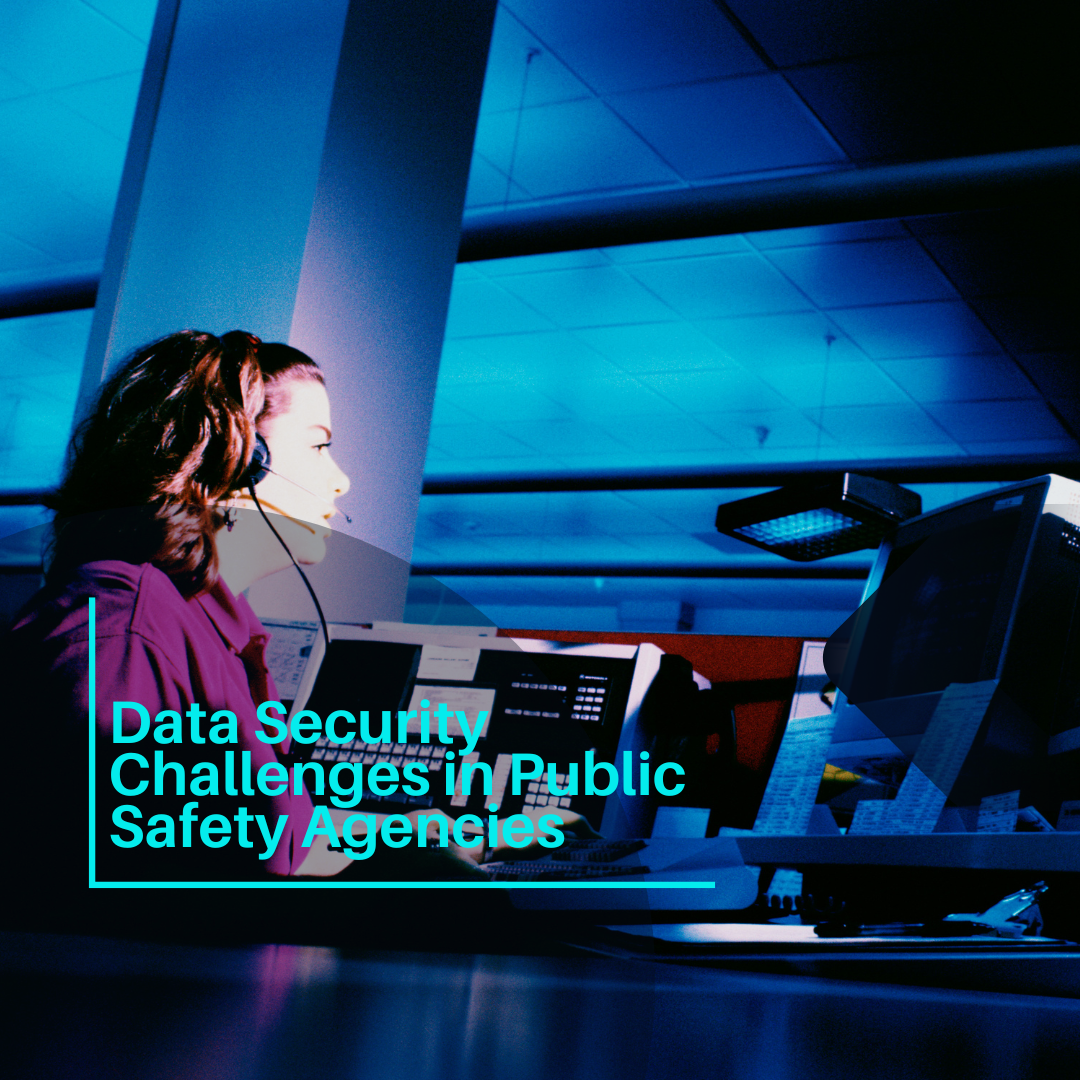Data Security Challenges in Public Safety Agencies
Data security has become a paramount concern for public safety agencies in an era where digital information is integral to operations. First responders and public safety personnel must understand the challenges and best practices for securing sensitive data to maintain public trust and operational integrity.
The Importance of Data Security in Public Safety
Public safety agencies manage a wealth of sensitive information, including personal data, incident reports, and communication logs. This data is crucial for efficient operations, quick response times, and informed decision-making. However, it also makes these agencies prime targets for cyberattacks. Ensuring the security of this information is vital to prevent unauthorized access, data breaches, and the potential compromise of public safety operations.
Key Data Security Challenges
Cyber Attacks Cyber threats such as ransomware, phishing, and malware pose significant risks. These attacks can disrupt operations, lead to data breaches, and compromise the safety of the public and responders alike.
Data Privacy Compliance Public safety agencies must comply with various data privacy regulations such as GDPR, CJIS Security Policy, and others. Navigating these regulations can be complex, requiring stringent data management practices to ensure compliance and avoid penalties.
Insider Threats Not all data security threats come from external sources. Insider threats, whether malicious or accidental, can result in significant data breaches. Ensuring that staff are trained in data security practices and monitoring for unusual activity is essential.
Legacy Systems Many public safety agencies rely on outdated technology that may not be equipped to handle modern cybersecurity threats. Upgrading these systems can be costly and time-consuming, but it is necessary to protect sensitive data effectively.
Mobile and Remote Work The increasing use of mobile devices and remote work by public safety personnel introduces additional security challenges. Ensuring that all devices are secure and that data is protected during transmission is critical.
Best Practices for Enhancing Data Security
Regular Training and Awareness Programs Continuous education for all staff members on the latest cybersecurity threats and best practices can help mitigate risks. Regular training sessions and awareness programs can keep data security top of mind.
Robust Encryption Encrypting sensitive data both at rest and in transit ensures that even if data is intercepted, it cannot be read or used by unauthorized individuals.
Implementing Strong Access Controls Restricting access to sensitive data to only those who need it is a fundamental security measure. Using multi-factor authentication (MFA) and regularly reviewing access permissions can prevent unauthorized access.
Regular System Updates and Patching Keeping all systems and software up to date with the latest security patches is essential to protect against known vulnerabilities.
Comprehensive Incident Response Plan Having a well-defined incident response plan ensures that the agency can quickly and effectively respond to data breaches or other security incidents, minimizing damage and restoring operations swiftly.
Conclusion
Data security in public safety agencies is a multifaceted challenge that requires a proactive and comprehensive approach. By understanding the unique threats and implementing best practices, public safety agencies can protect their sensitive data, ensure compliance with regulations, and maintain the trust of the communities they serve.


